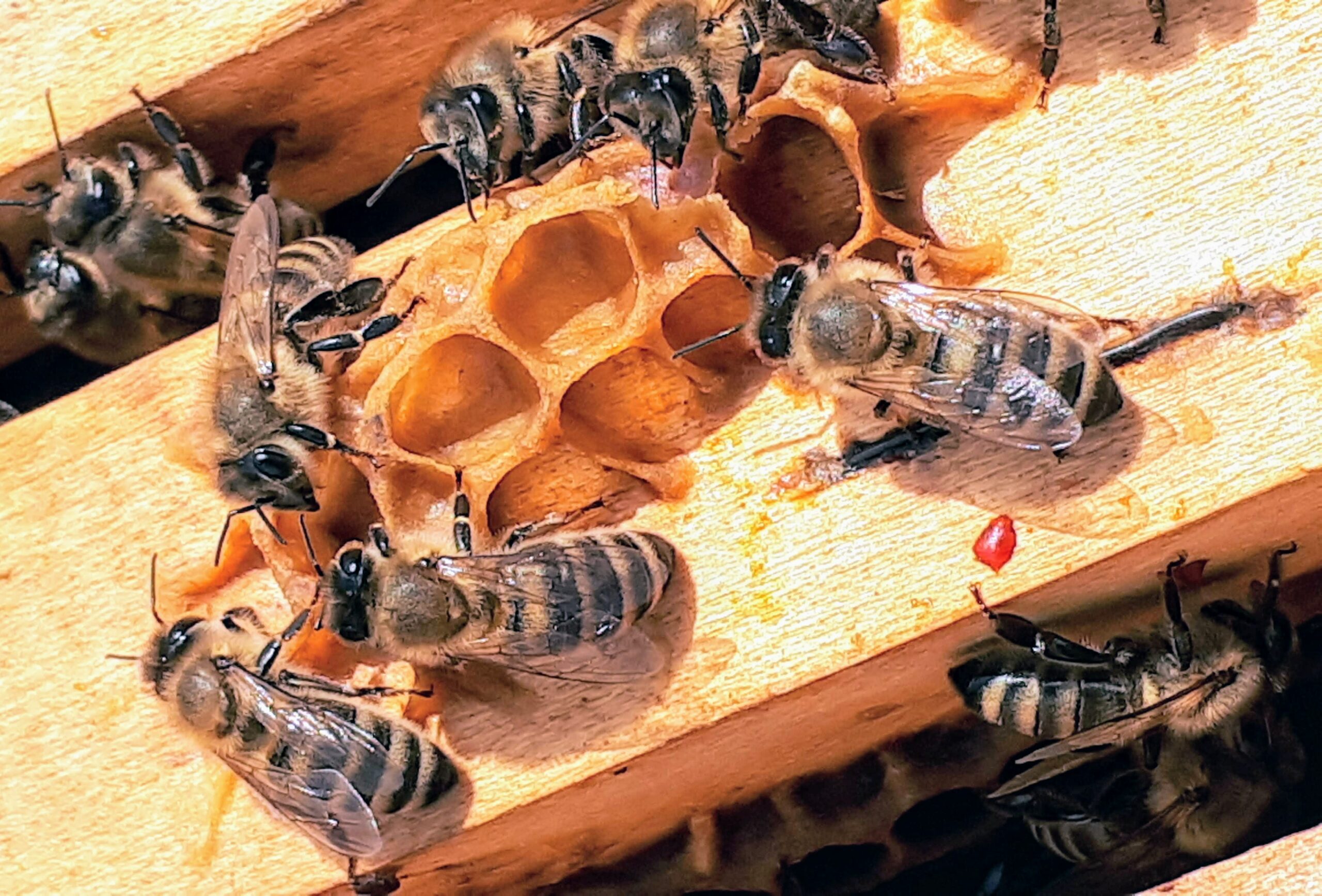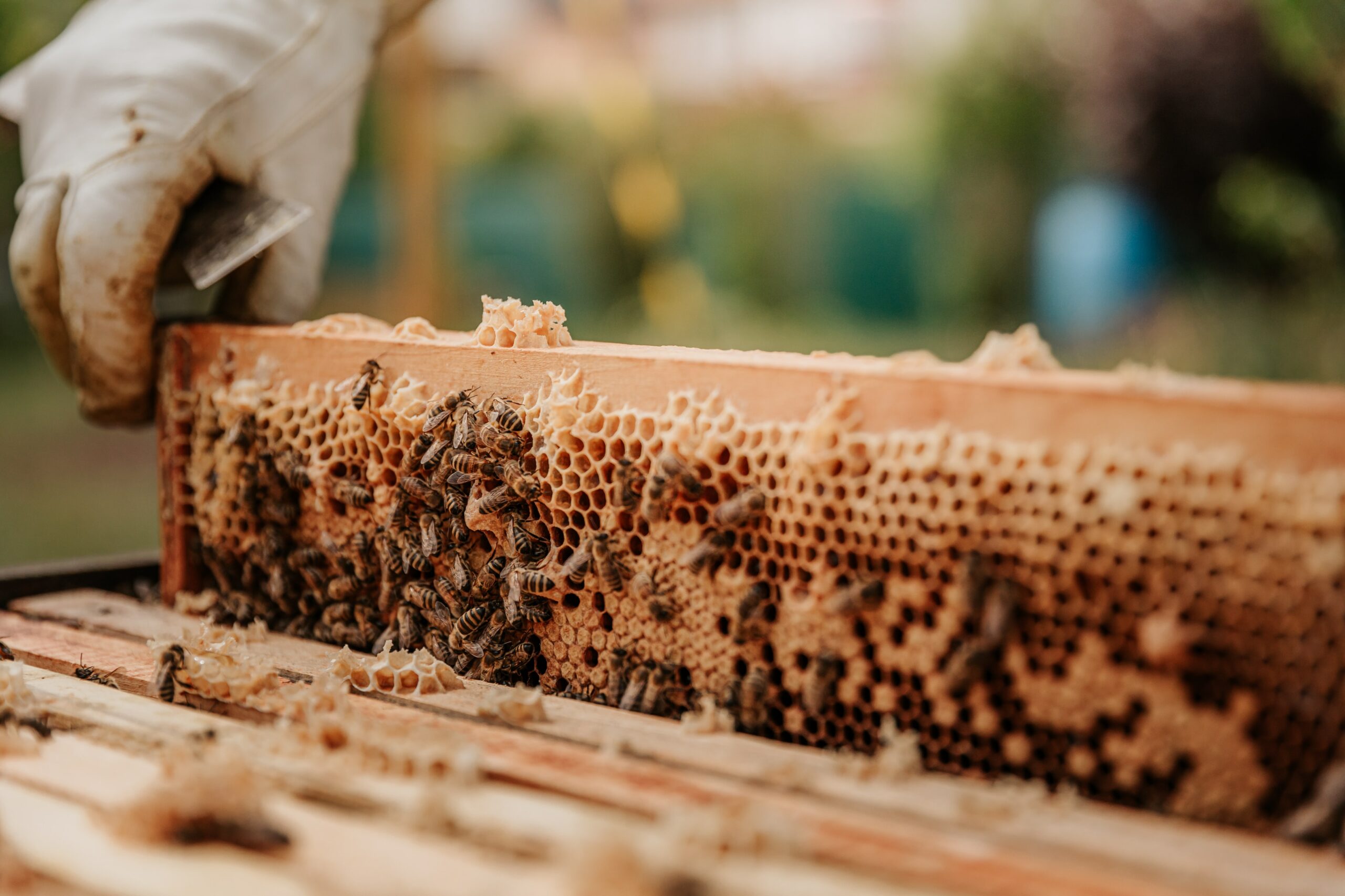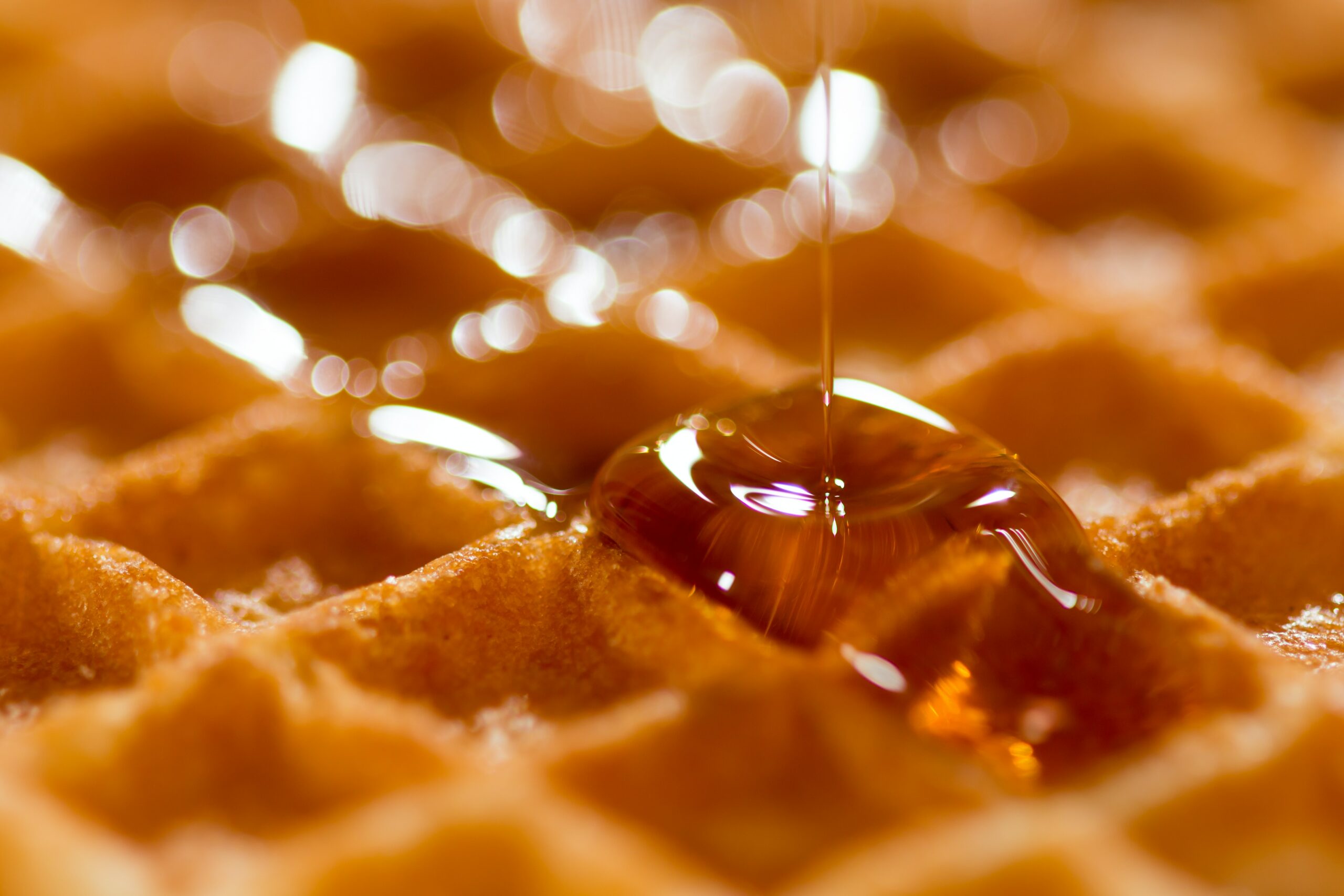
- 01 Dec 2021
- Leroy Silva
- Blog
- Comments: 0
A common practice among Australian beekeepers is to relocate their hives to avoid the spread of illness and pests to safeguard Honey Bees’ Health . Attempts are being made to prevent or limit the spread of pests and diseases; it is necessary to move hives around and observe honey bees’ robbing and drifting habits during their movements. While these biosecurity measures can help to reduce the spread of pests and diseases between honey bee colonies, they are not a guarantee of a pest-free environment.
Regularly clean your apiary’s equipment:
Any accumulated wax, propolis, or honey should be removed from all apiary tools and smokers before beginning work at a new apiary in the presence of any pest or illness. Before using, make sure that the honey containers have been well cleaned, dried, and sealed. Should always clean the extraction machinery, drums, or containers before and after use.
Purchase new hives and beekeeping supplies:
Only buy used hives and equipment from beekeepers who periodically check for established and exotic pests and illnesses. To ensure the Honey Bees’ Health of newly purchased hives, keep them isolated for up to six to twelve months. Please make sure the colony and hive components are clear of pests and diseases before purchasing them.
Before using second-hand beekeeping equipment in your apiary, sterilize or irradiate it. Recycling waste is the most environmentally friendly method of disposing of trash. Honey bees are attracted to honey spills, unprotected combs, and wax not covered or removed. Keeping the apiary clean and free of debris, like old combs and dead colonies, is essential to preventing Honey Bees’ Health.
Organize a Honey Bees’ Health campaign:
Applying a barrier management method can help prevent the transfer of pests and diseases across apiaries. Identify and implement suitable pest and disease control strategies, and keep track of all treatment information. Remove queen cells during colony buildup to prevent swarming and ensure that the colony’s population is strong and healthy.
Inspecting brood combs can improve the Honey Bees’ Health by replacing their comb regularly. Colonies should be re-queened every two years with a new queen bee from a trusted breeder.

Tips for Keeping Bees in a Flow:
Beekeeping book will provide you with the information you require in the world of beekeeping, whether you are a beginner or an experienced beekeeper who is reaping the benefits of your efforts.
You know that keeping your bees happy and healthy is essential! You can help your bees survive and grow this season by following these seven steps. Ensure that the bees are well-hydrated with water. Polluted water is a persistent threat to bees, just like it is to everyone else. If you want your birds to have a place to rest, keep a shallow dish or birdbath nearby.
Maintain the cleanliness of the apiary’s equipment. Preventing pests and diseases by cleaning your hive’s equipment regularly is essential to safeguard Honey Bees’ Health. To guarantee that any wax, propolis, or honey residue is removed from smokers, hive tools, and other apiary equipment, thoroughly clean all of the equipment before beginning work on a new hive.
It is necessary to cultivate a diverse range of different types of flowers if you want your plants to survive and reproduce. Bees don’t all consume the same things! Make room for a breeze. When the weather warms up, open the hive’s door to allow fresh air to circulate and keep the honey from melting. Your honey production and your bees’ winter food source could be in jeopardy!

